History of Alphabet Books
Alphabet books are one of the simplest – though enduringly, entertaining form of children’s books. They have been around for hundreds of years, and present the letters of the alphabet, alongside corresponding words and/or images.
Alphabet books have been a common feature of children’s literature since Shakespeare’s day. In the sixteenth century, then known as ‘hornbooks’, they generally consisted of a piece of parchment or paper, pasted on a wooden board, and protected by a transparent sheet of animal horn. These early books displayed letters of the alphabet, a syllabary (a list of syllables), as well as prayers for novice readers. This syllabarium or syllabary, a now largely defunct element of the alphabet book, taught pronunciations of vowel and consonant combinations: i.e. ab eb ib ob ub ba be bi bo bu.
SELECTED BOOKS
From the first hornbook, the alphabet format cemented the learning progression from syllables, to words, to sentences. An example of the reliance on the alphabet for reading instruction is found in John Bunyan’s, A Book for Boys and Girls, or Country Rhymes for Children:
To those who are in years but Babes I bow
My Pen to teach them what the Letters be,
And how they may improve their A. B. C.
As referenced in this verse, it was an expectation of the period that ‘babes’ began as readers with knowledge of the alphabet. Armed with the letters of the alphabet from the hornbook, children encountered other early forms of reading materials. Overtime, the ‘Hornbook’ was gradually replaced with another alphabet text, known as the ‘battledore.’ A battledore was a small, racket-like instrument, that was used for playing badminton. The term was applied to the wooden or cardboard tablets which developed, again as devices for teaching children to read. The wording printed on them varied greatly, but usually featured an alphabet, and, unlike the hornbook, entertainment was provided as well as instruction in the form of illustrations.
This was the real birth of the ‘modern’ alphabet book. Such texts first appeared in the 1750s and were produced until the middle of the nineteenth century. The battledore was a more complex type of horn book printed on thick paper, folded in three parts, with illustrations for each of the capital letters bordering the four sides. The letter-word associations provide insight into eighteenth century religious and socio-cultural priorities, for instance:
A is for Angel
K is for King
M is for Mitre (a form of religious head wear)
T is for Turk
Z is for Zeal (a kneeling figure with an open prayer book), or alternatively, a ‘Zany Jester’
Akin to John Bunyan’s introductory rhyme, many battledore’s contained the following admonition:
He that ne’er learns his ABC,
For ever will a Blockhead be.
But he that learns these Letters fair,
Shall have a Coach to take the Air.
As we arrive in the nineteenth and twentieth centuries, a gradual shift can be witnessed, towards more secular topics for general reading instruction, and away from predominantly religious material. Experienced with both hornbooks and battledores, children graduated on to the modern concept of a small book. Early reading booklets or religious primers contained both the alphabet and increasingly complicated lists of alphabetized syllables along with selected excerpts from the Bible. Such texts, although they originated in England, were not confined to the British Isles however.
Dating back to 1683, the New England Primer (the first reading primer designed for the American Colonies) contained rhyming couplets for each letter of the alphabet. These patterned rhymes were often supported by gloomy woodcut illustrations. The content of these paired lines varied from overwhelmingly religious to somewhat secular, depending upon the particular version. The standard Primer beginning ‘In Adam’s fall, we sinned all’ remained consistent throughout the numerous published texts; however, rhymes were occasionally edited for religious or political purposes, as demonstrated by a 1729 edition. The passage, ‘our KING the good, No man of blood’ illustrated the letter K. Due to the conflict with the English monarchy however, the K couplet was altered and appeared in the revised 1777 edition as ‘Proud Korah’s troop, was swallowed up.’ (Korah was cited in the Old Testament as rebelling against Moses, and was punished when God sent fire from heaven to consume him and his supporters).
Exemplifying the move away from strictly religious texts to more moral works, an outstanding example of the next generation of readers was the 1742 version of The Child’s New Plaything. Sensitive to a youthful audience, the anonymous author introduced the alphabet with a lettered story about an appetizing apple pie.
A Apple-Pye.
B bit it.
C cut it.
D divided it.
E eat it.
F fought for it.
G got it.
This classic tale was later illustrated by Kate Greenaway (1846 – 1901); one of the key Golden Age artists. ‘A Apple Pie’ contains a series of colour illustrations (for every letter of the alphabet), amusingly telling the tale of one apple pie – and the lengths the townsfolk would go to, for just one taste. They fought for it, jumped for it, mourned for it, and much much more besides. Later versions of the rhyme, now generally known as the ‘Apple Pie ABC’, became much more elaborate and diversified – decorated by a plethora of talented artists. Other tales, such as the ‘Alphabet of Old Friends’, incorporated in The Song of Sixpence Picture Book, and the ‘Baby’s Own Alphabet’ in The Sleeping Beauty Picture Book – both illustrated by Walter Crane, further served to bring the medium into the literary mainstream by combining ‘ABC’ narratives with more traditional children’s tales.
Today, there are many diverse kinds of alphabet books that captivate a reader’s interest through alliteration, onomatopoeia, creative narratives, poetry of all kinds, humour, and curiosity. They are much loved children’s favourite; at times educational, entertaining, moralistic, and beautiful. Such texts are continuing to develop into the digital age – yet none surpass the true delights of these Golden Age classics.

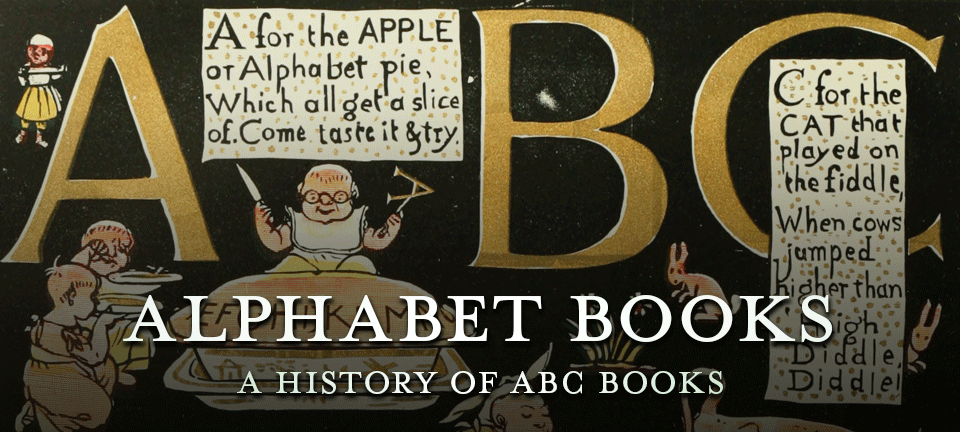
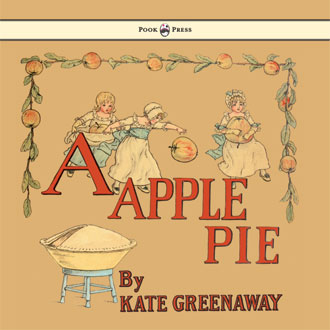
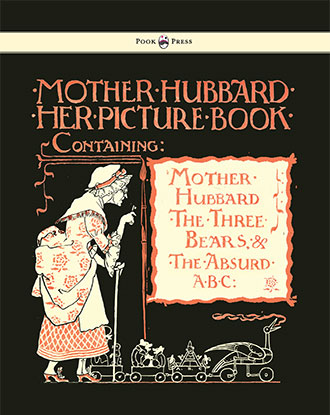
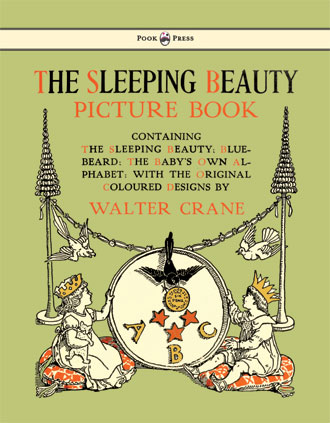 The Sleeping Beauty Picture Book – Illustrated by Walter Crane
The Sleeping Beauty Picture Book – Illustrated by Walter Crane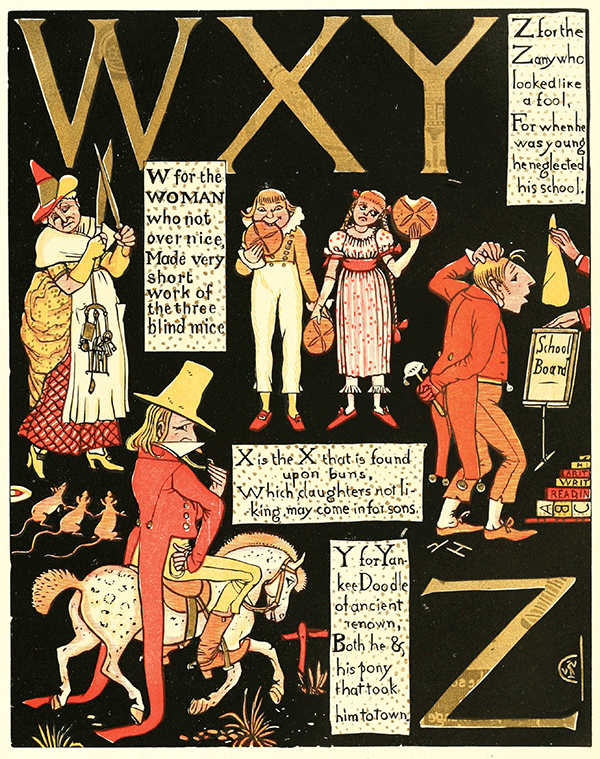
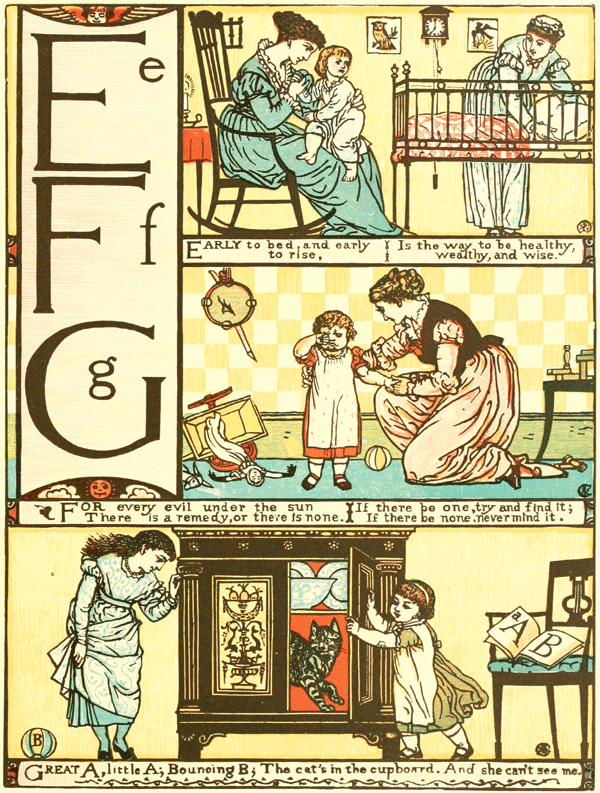
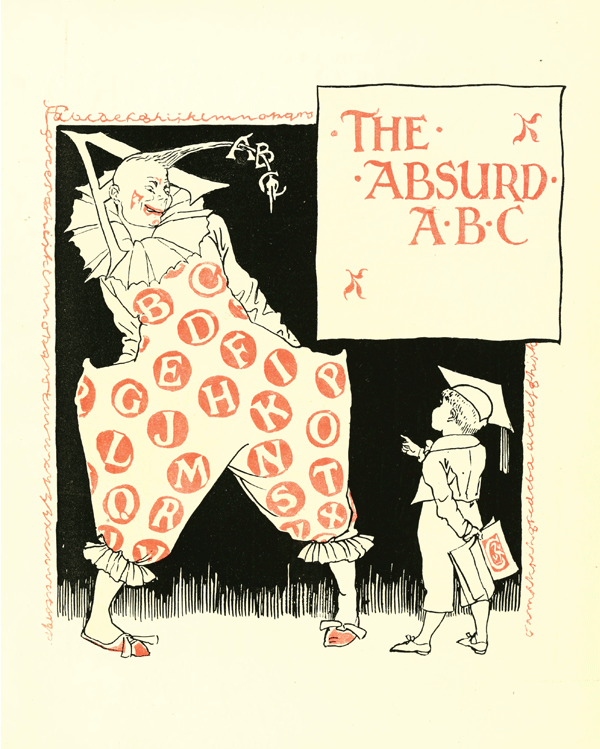
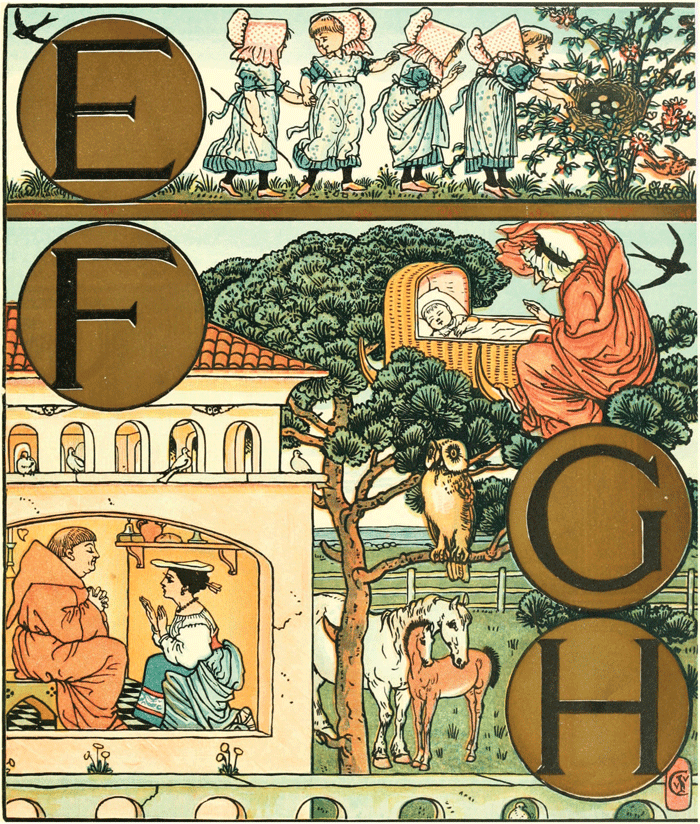
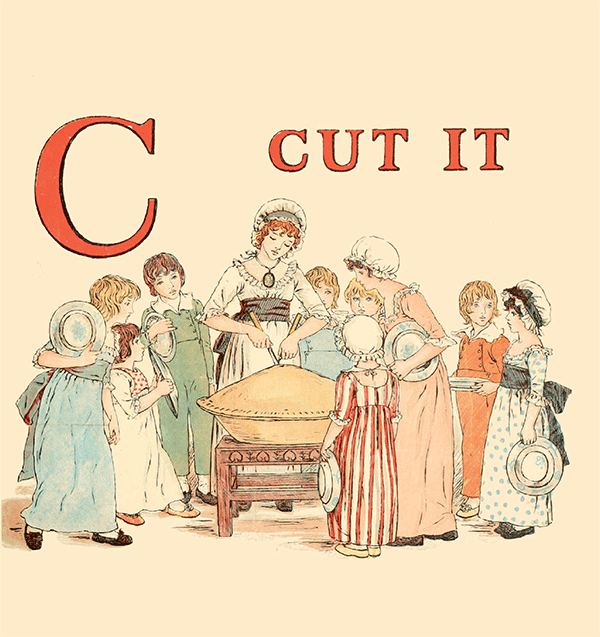
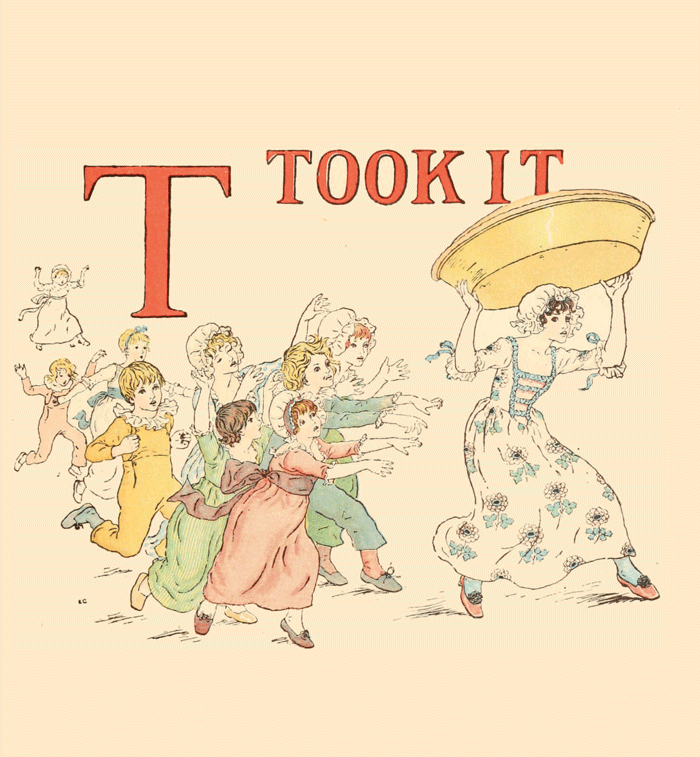
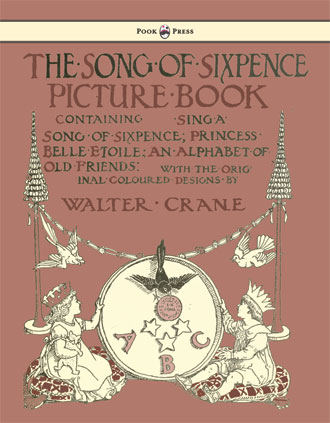 The Song of Sixpence Picture Book – Illustrated by Walter Crane
The Song of Sixpence Picture Book – Illustrated by Walter Crane